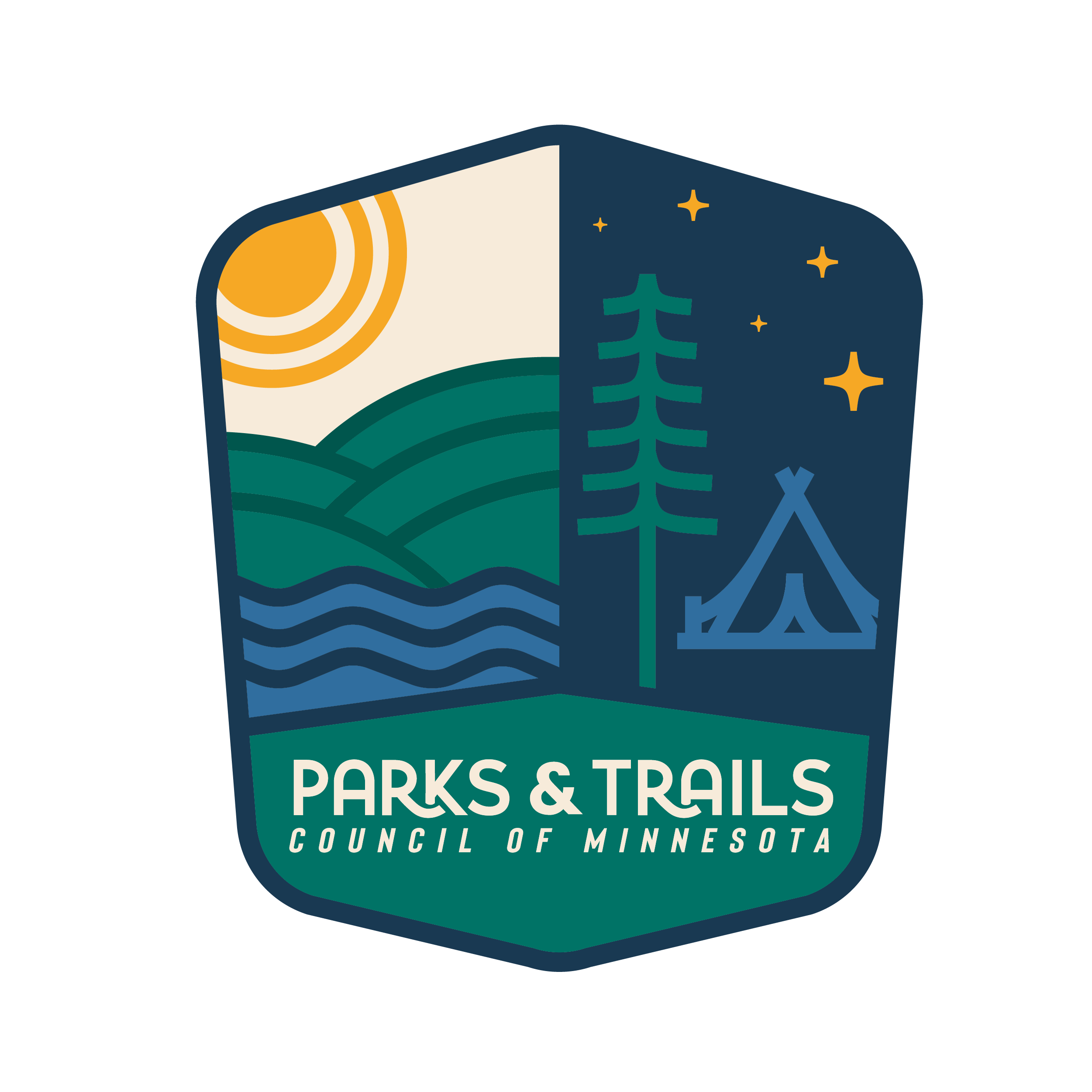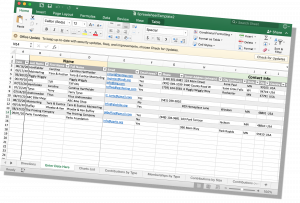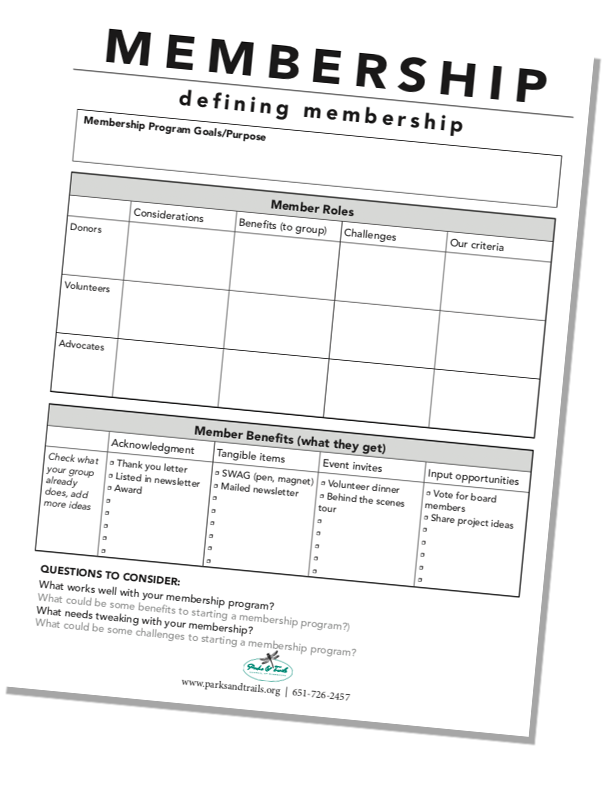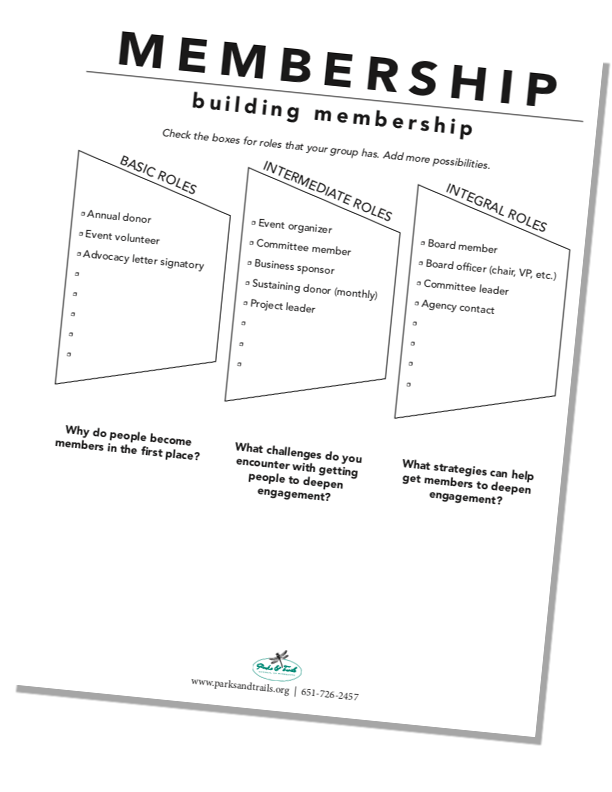
Governance Resources
Fundamentals
Here are some things to consider when starting and maintaining a Friends Group.
Mission Statement
All Friends Groups are formed for different reasons, and it is important to clearly define your group’s purpose, goals, and action plan. Will the group be focused on the natural resource elements of a park? Engaging youth in outdoor recreation? Helping to establish a new trail?
Mission Statement Examples:
- To preserve, protect and enhance the park and its surroundings.
- To promote public interest in the park and to help enhance and enlarge the park, while encouraging its protection and enjoyment.
- Advocate for the continued development of the trail.
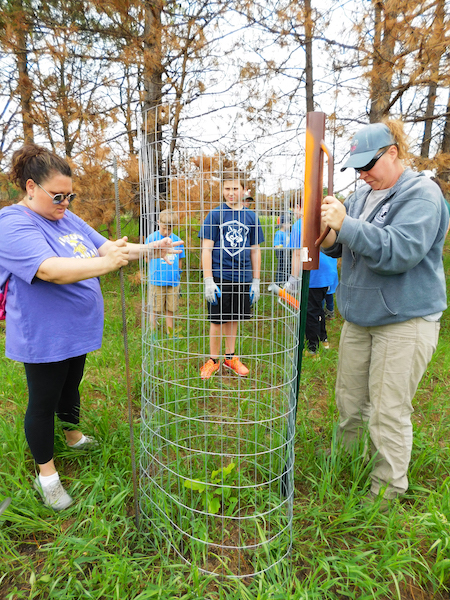
Leadership
Leadership can take many forms, but many Friends Groups opt to create a Board of Directors or Leadership Committee. This group is responsible for overall function of the group, day-to-day activities, and long-term planning. The Board of Directors is typically 3-12 people, depending on the size of the Friends Group, and is made up of people with different strengths and skillsets.
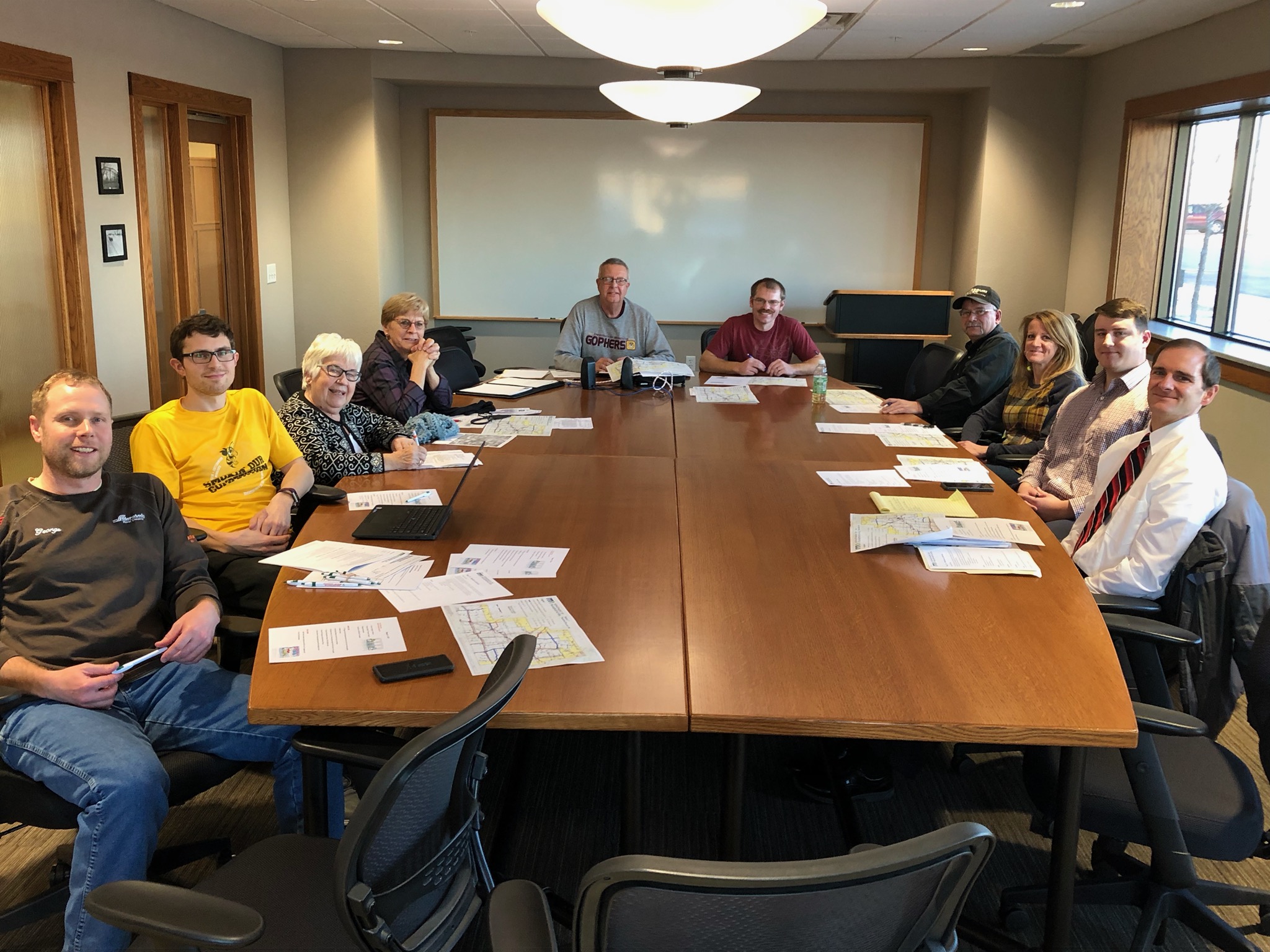
Typical Primary Roles
- Chair or President
- Vice Chair or Vice President
- Treasurer
- Secretary
Optional Secondary Roles
- Event Organizer
- Membership Chair
- Fundraising Chair
- Marketing Coordinator
- Volunteer Coordinator
Typically, a role is held by a person for a period of time (like 2 or 3 years) and that person is eligible to serve on the board/committee for a certain number of terms (2 or 3 terms). These board members are typically elected by the general membership.
Recruitment
A position description can be an important part in the board recruitment process. By outlining expectations about the role and its responsibilities, someone who may be interested knows exactly what they are getting into. They can be informed about whether or not their skills and interests match the role and if they can make the time commitment.
Position Description Templates
These templates are Word documents. Please download and edit to tailor to your group’s specific needs and goals.
Outreach Plan
- Post on P&TC’s website (email position description to friends@parksandtrails.org)
- Share in your newsletter
- Send to email list
- Post on social media
- Put in local newspaper
- Post with board listings (e.g. MN Council of Nonprofits, Board Repair, Propel Nonprofits, Pollen)
- Ask agency to share through their network
- Ask people at events (have printouts of role descriptions available)
- Ask partners to share with their network (i.e. schools, Master Naturalists, activity leaders, universities, etc.)
Additional Resources
Minnesota Council of Nonprofits
Want to join a friends group board?
Bylaws
A set of bylaws establishes a process that guides future decisions and action plans. Many voices should to be included in this process to ensure broad and lasting involvement. Bylaws can be updated on a regular basis to incorporate new ideas and processes. Some sample bylaws are linked below.
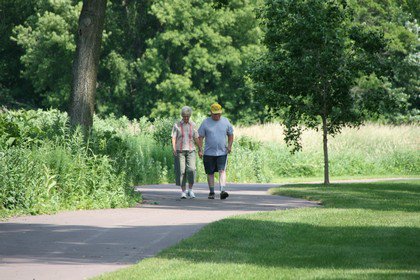
From Minnesota Council of Nonprofits
Membership
Membership is the way a Friends Group builds a base of support, recruits volunteers, and ensures sustainability of the group. By clearly defining and tracking membership, it then becomes easier for Friends Groups to focus attention on building membership and inviting more folks to join the group.
Check out the tools below to work on building or refining your group’s strategies for defining, tracking, and building your membership.
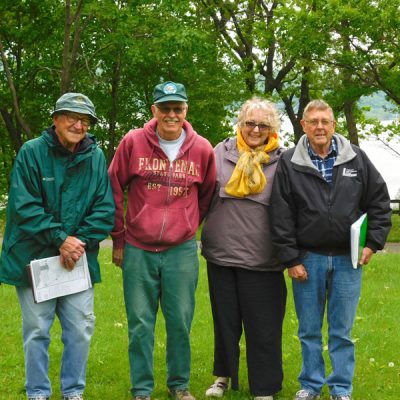
Tracking Membership
General membership of a Friends Group varies widely from informal to formal. Some groups manage membership as a mailing or email list. Other groups require annual dues in order to become a member. Membership fees, anywhere from $5-$500, enable Friends Groups to have an ongoing income that funds activities that support the mission.
Membership participation varies as well. Members should be updated about Friends Group activities, invited to events and meetings, informed about important issues, and involved in decision-making. A strong membership includes people of various experiences, backgrounds, ages, and skills.
At Friends Group workshops in 2019, membership was one of the main topics. Have a look at the materials in this section and check out the presentation to help build or refine your membership program.
Volunteers
Volunteers play a crucial role in helping a Friends Group accomplish any projects or host any events.
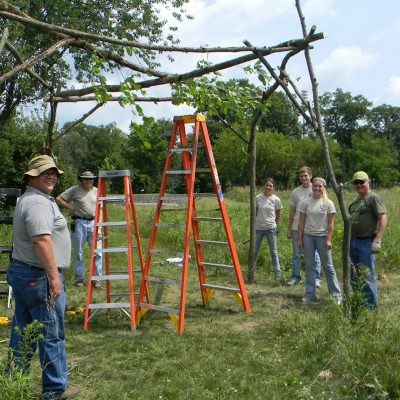
Tracking Volunteer Hours
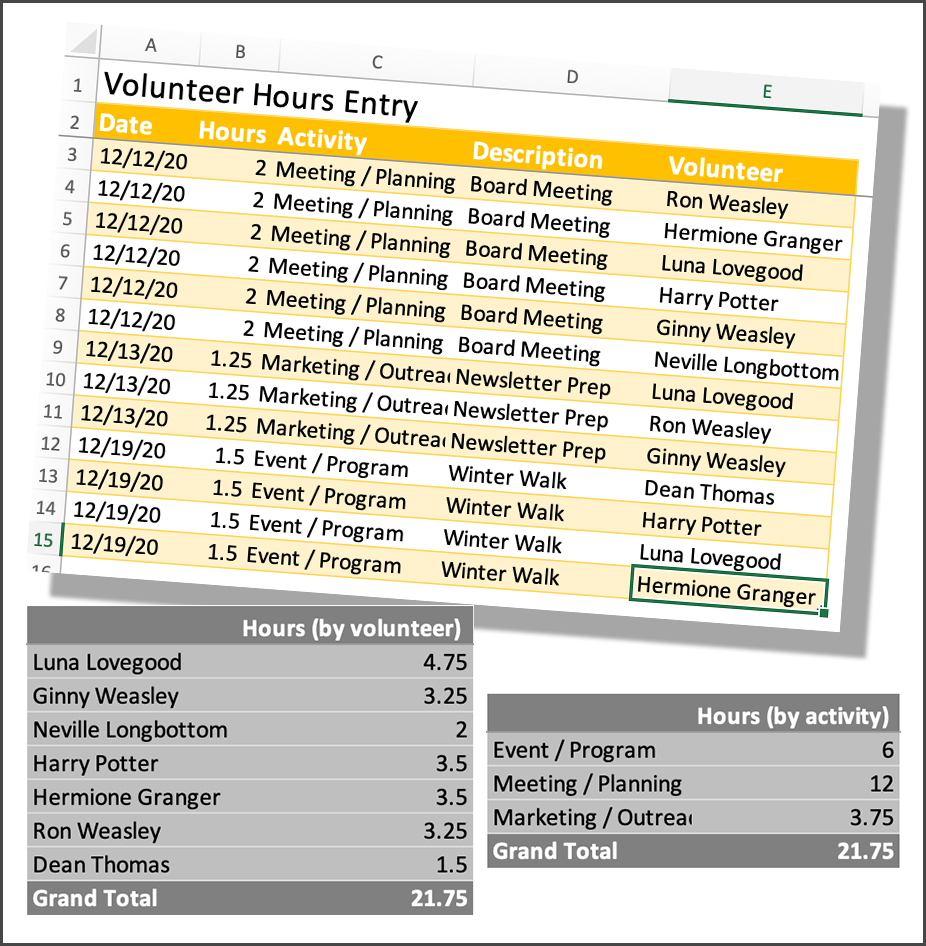
These volunteer hours tracking tools will help your group know:
- Total volunteer hours contributed
- Hours from each volunteer
- Hours by activity type
Knowing these numbers will help your group illustrate the impact you have on the park or trail you support and tell that story to your community (and prospective funders).
Volunteer Recruitment Resources
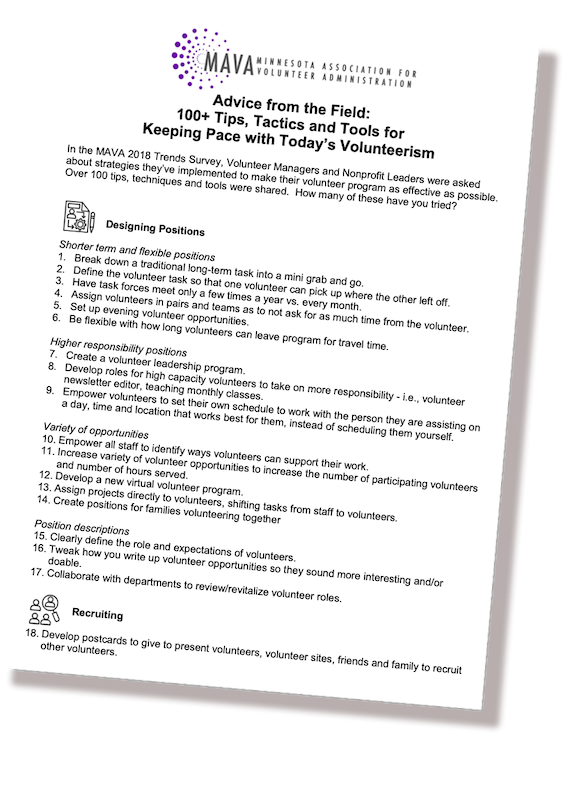
Advice from the Field: 100+ Tips, Tactics, and Tools for Keeping Pace with Today’s Volunteerism
Check out this list of ideas from the Minnesota Alliance for Volunteer Advancement (MAVA) to see what strategies your group might consider to better recruit and retain volunteers.
